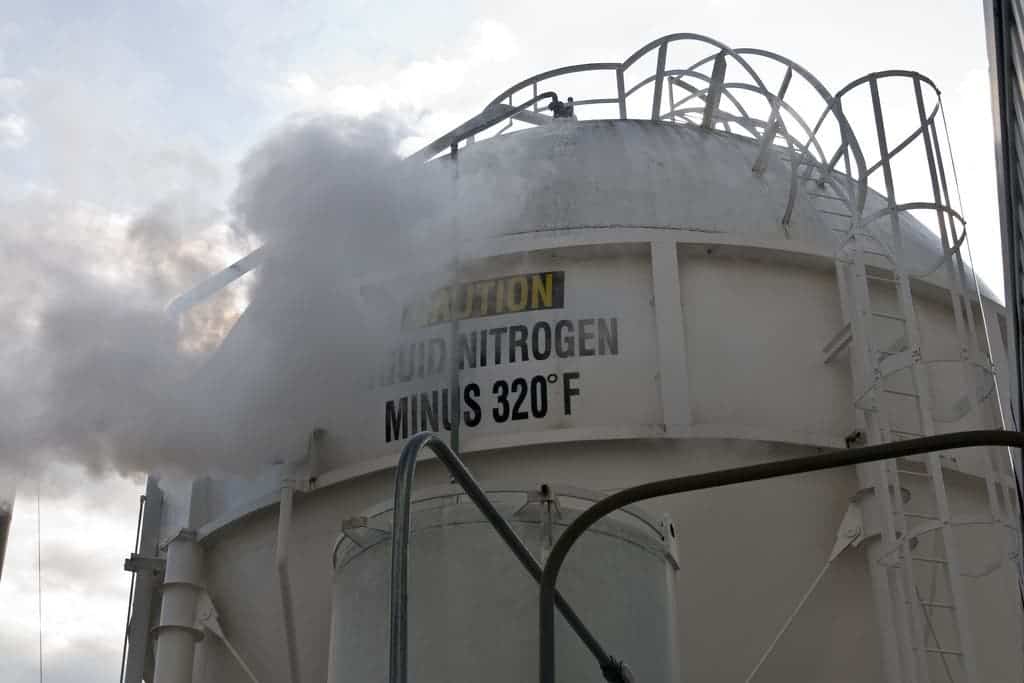A new paper sheds light on how life and surface chemistry have evolved alongside each other in Earth’s history. The study analyzed geochemical records of the Great Oxidation 2.3 billion years ago to see how the nitrogen cycle reacted to this major event.
Some 2.3 billion years ago, Earth was going through spectacular changes. This period, named the Great Oxidation Event, saw the first build-up of biological oxygen in the atmosphere and would forever change life on the planet. But there are still a lot of questions about what happened during this time and why.
Mapping the past
A new study from the University of St Andrews led by Dr. Aubrey Zerkle of the School of Earth & Environmental Sciences comes to answer some of these questions. The paper fills in a roughly 400 million year gap in our understanding of the chemical changes taking place at the time, and how these changes impacted life on Earth.
“The ‘Great Oxidation Event’ was arguably the most dramatic environmental change in Earth history. It was critical to the development of the hospitable environment that we inhabit today, as it was a prerequisite for the evolution of animals that universally require O2 to live,” the researchers explain.
Dr. Zerkle’s team analyzed rock cores at the National Core Library in Donkerhoek, South Africa, which have been used to date the occurrence of the event. They focused on nitrogen, one of the key elements in biochemistry. It’s present in everything from DNA, RNA to amino acids and proteins, therefore controlling global primary productivity — in other words, nitrogen is the hard cap on how fast, and to what extent, the biosphere can develop.
Despite its importance, large parts of the nitrogen cycle’s response to events in the Earth’s history remain undocumented — including the Great Oxidation. The team created unique high-resolution records of nitrogen isotopes in sedimentary rocks during this period, documenting the birth of the modern nitrate(NO3)-based ecosystems and correlating it with the first evidence of oxygen in the atmosphere.
“Our data shows the first occurrence of widespread nitrate, which could have stimulated the rapid diversification of complex organisms, hot on the heels of global oxygenation,” they add.
Something’s nit-rite here
Despite being the most abundant free element in the atmosphere today, most organisms can’t fix nitrogen gas as-is — they need to assimilate it as nitrites or ammonia. Animals get all their nitrogen by eating other organisms. Plants, which are the main producers in ecosystems, usually rely on symbiotic bacteria cultures around their roots or artificial fertilizers for their nitrogen supply.
But you can’t have nitrates without having free oxygen in the environment. As such, oxygen injection into the atmosphere offered not only a source of energy but also the prime materials needed for complex life to evolve.
This only deepens the mystery of the Great Oxidation — we still don’t know why, with the stage all set for it, complex life took so much time to make an entrance.
“The building blocks were apparently in place, the question that remains is why eukaryotic evolution was seemingly stalled for another billion or more years.”
The paper offers insight into how the biosphere of old reacted to drastic environmental changes, a theme which is sadly very relevant today. Knowing how life adapted to these changes in the past may help us predict the future more accurately. At the same time, understanding the workings between the biosphere and geochemistry at home can guide our search for life alien planets.
The full paper “Onset of the aerobic nitrogen cycle during the Great Oxidation Event” has been published in the journal Nature.












